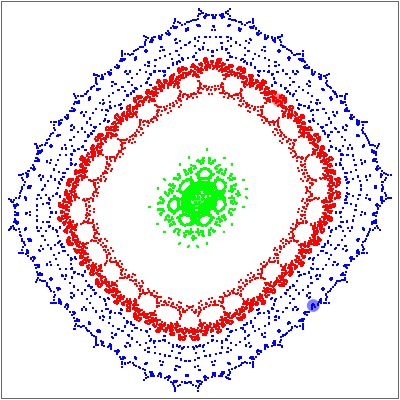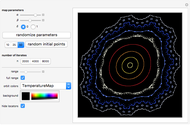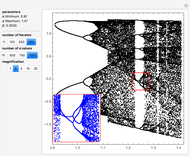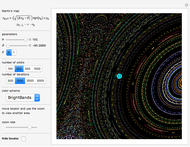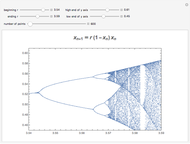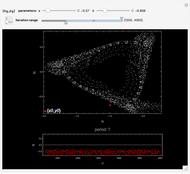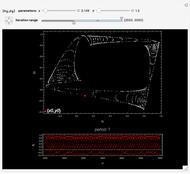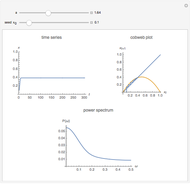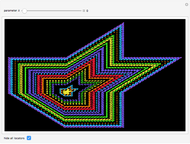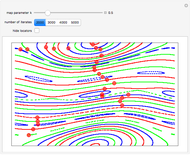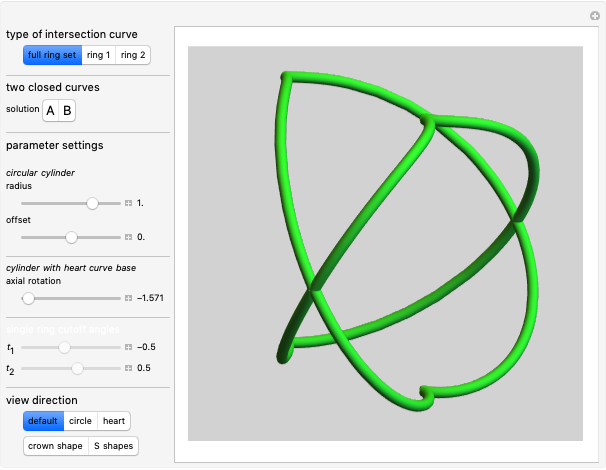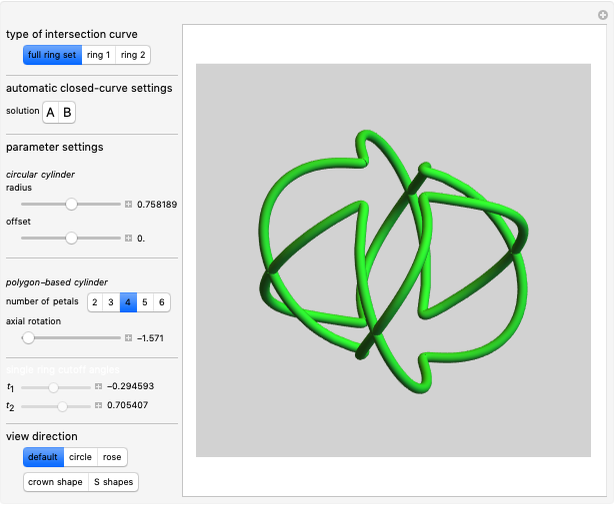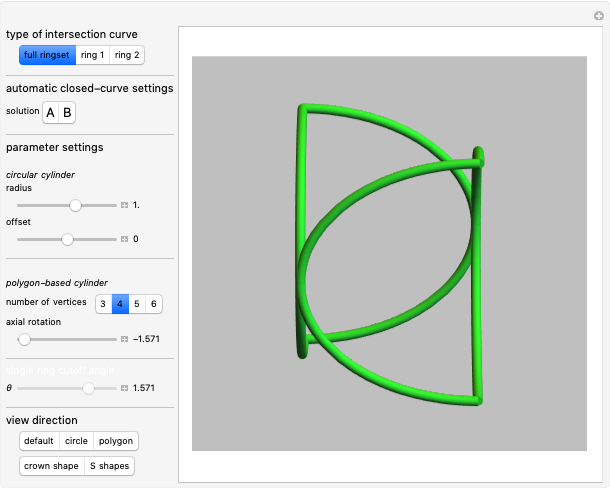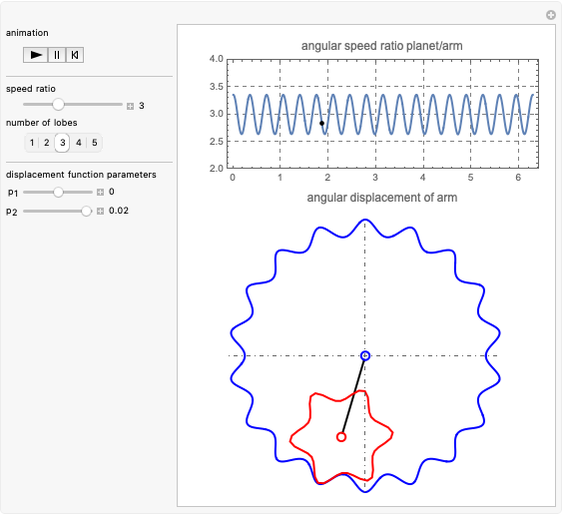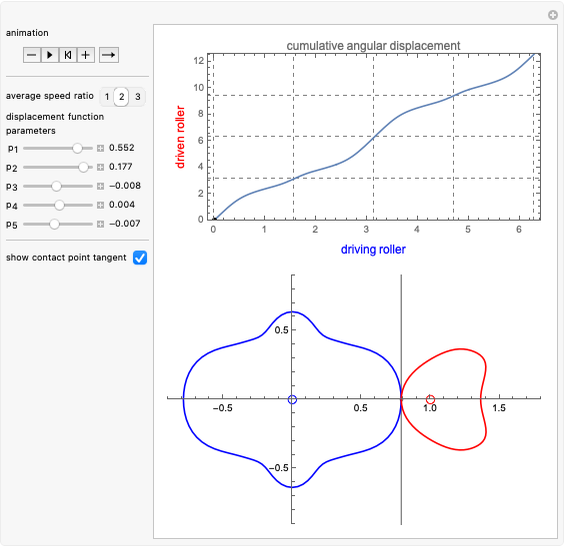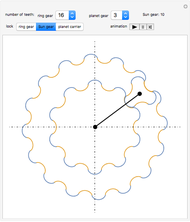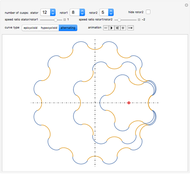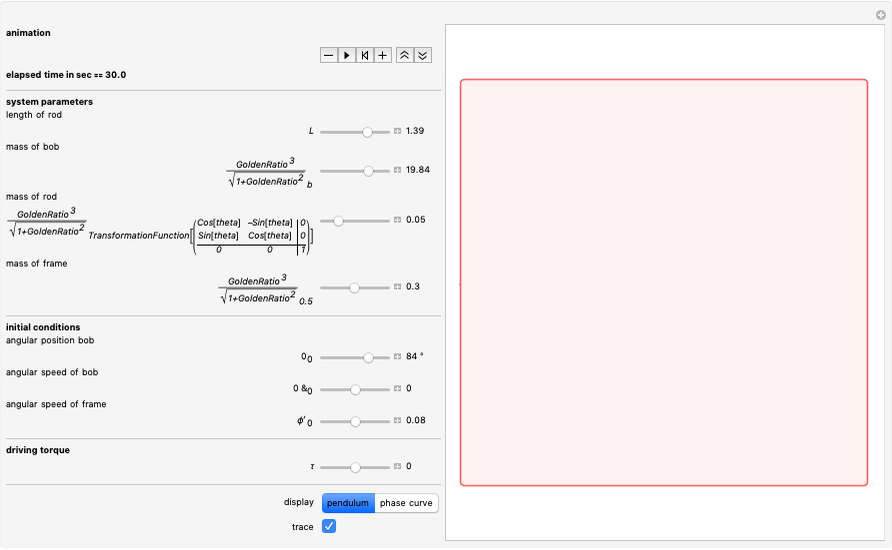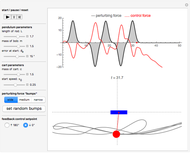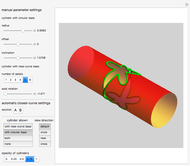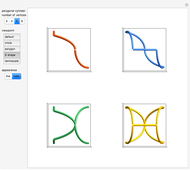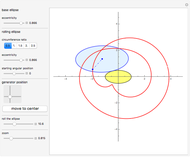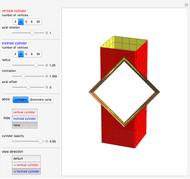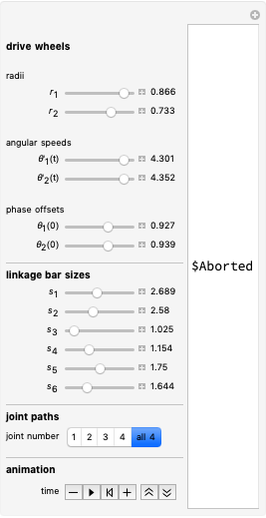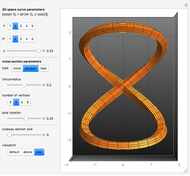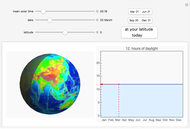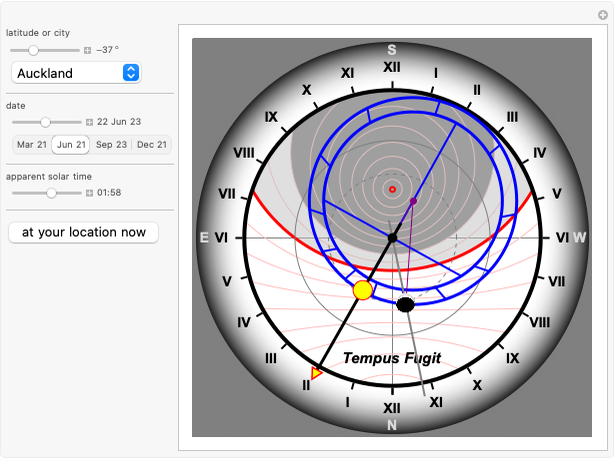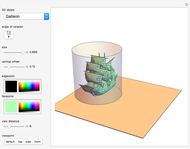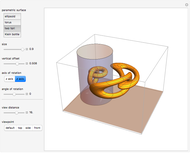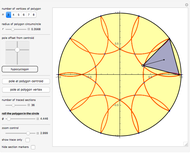Orbits of Martin's Map

Requires a Wolfram Notebook System
Interact on desktop, mobile and cloud with the free Wolfram Player or other Wolfram Language products.
Orbits are generated by iterating the map  times using different initial points. The map parameters
times using different initial points. The map parameters  ,
,  , and
, and  can be varied manually or a random set can be launched. Three orbits are plotted initially, starting from three different initial points marked by locator objects "
can be varied manually or a random set can be launched. Three orbits are plotted initially, starting from three different initial points marked by locator objects " ". You can drag these initial points or add and/or delete new ones (Alt+Click on Windows) inside the plot. Three orbit colors are used cyclically.
". You can drag these initial points or add and/or delete new ones (Alt+Click on Windows) inside the plot. Three orbit colors are used cyclically.
Contributed by: Erik Mahieu (September 2009)
Open content licensed under CC BY-NC-SA
Snapshots
Details
All locator objects can be hidden for a "cleaner" plot. The plot range can be changed to full to include all points from all orbits.
The Martin map equations were taken from:
M. Trott, The Mathematica GuideBook for Programming, New York: Springer‐Verlag, 2004 pp. 347–349.
B. Martin, "Graphic Potential of Recursive Functions,"J. Landsdown, R. A. Earnshaw, eds., Computers in Art, Design and Animation, New York: Springer–Verlag, 1989 pp. 109–129.
The Martin Map is also called the "Hopalong-Attractor".
See also: Hopalong Image Generator and a German website: Huepfer.
Permanent Citation
"Orbits of Martin's Map"
http://demonstrations.wolfram.com/OrbitsOfMartinsMap/
Wolfram Demonstrations Project
Published: September 24 2009
